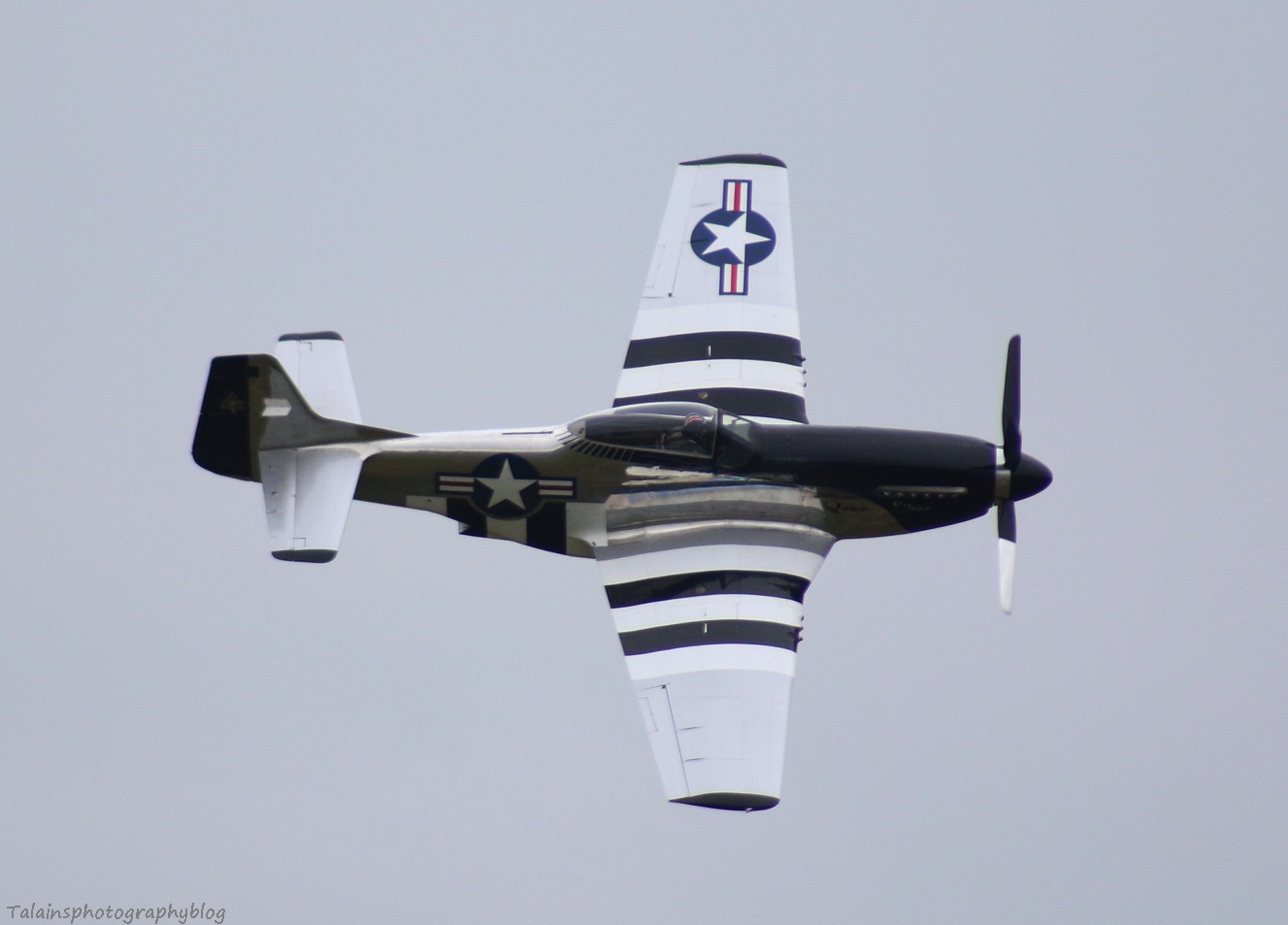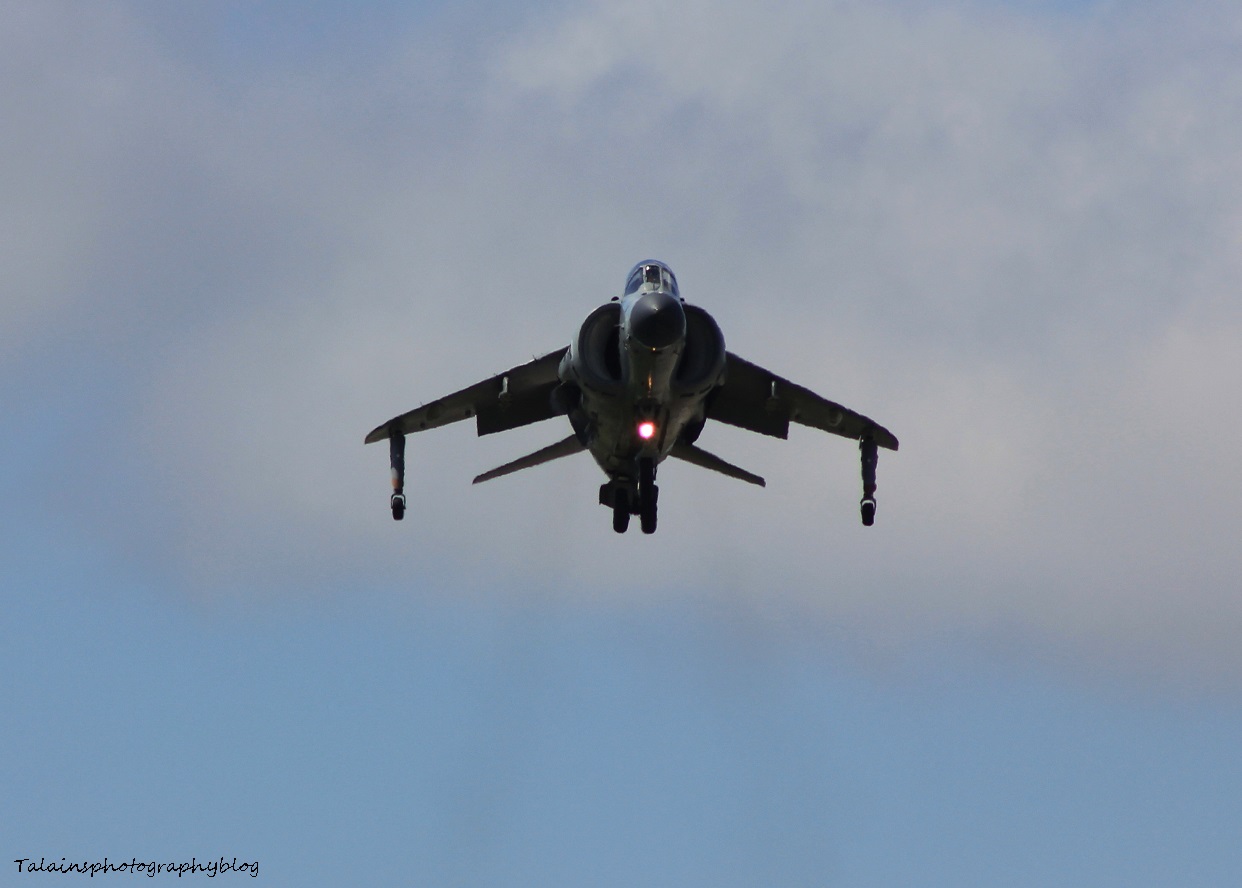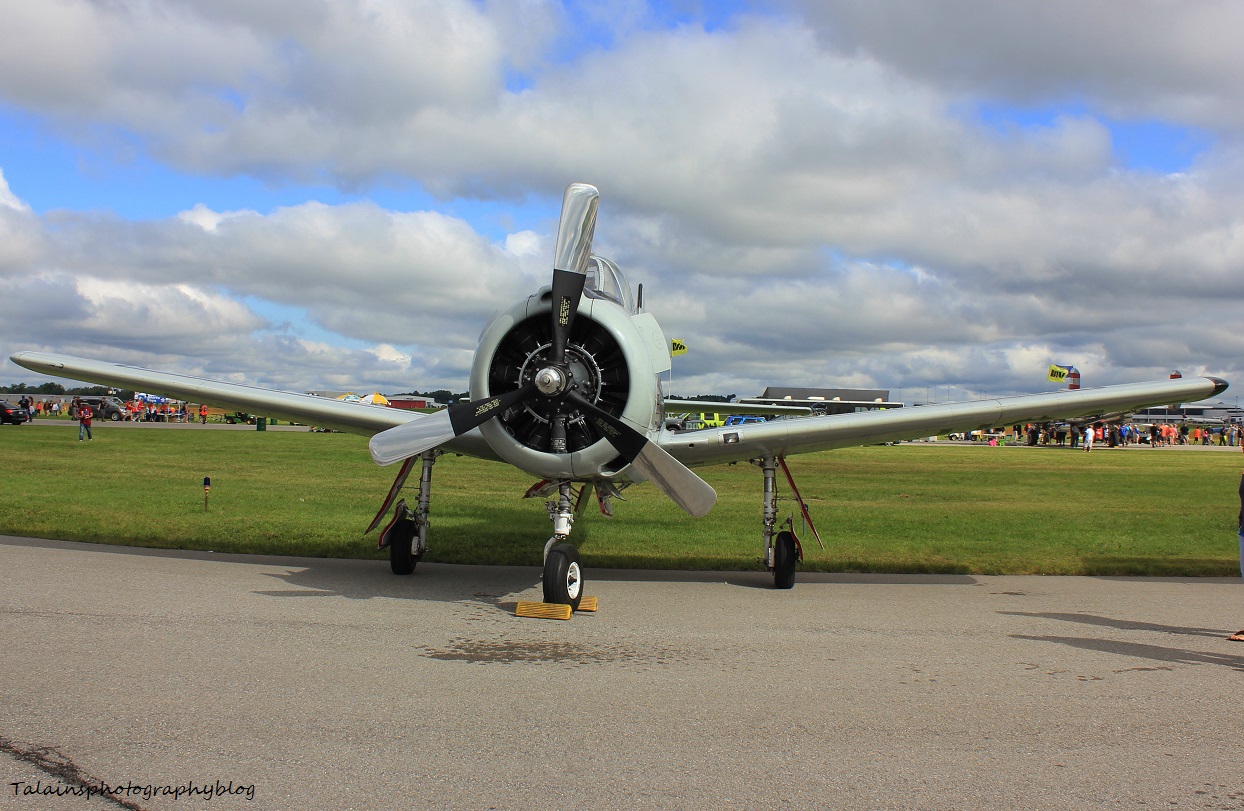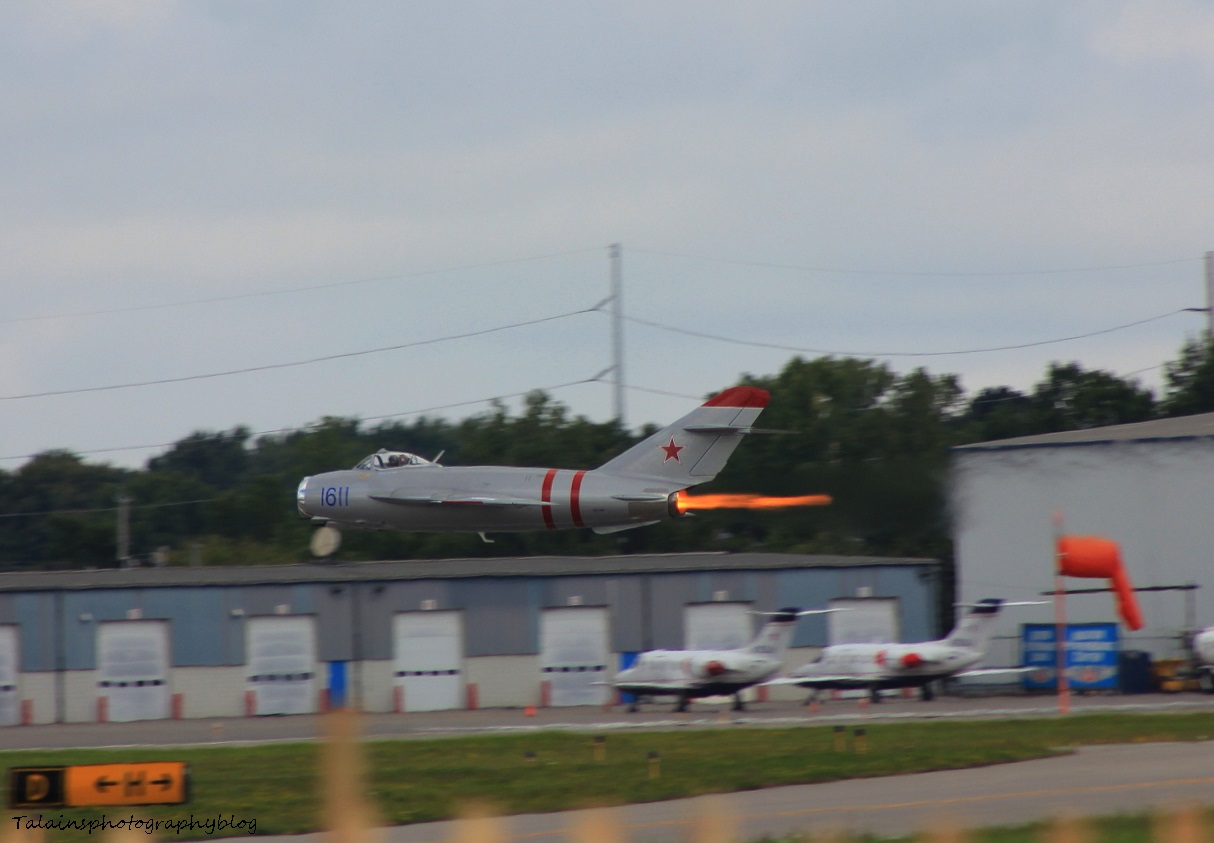These are some images of the Rochester Airshow from this past August. This segment of flight was dedicated to the Eastern Block Countries as these four aircraft took flight. I actually do not know their name or Countries of origin and such. I do know that the enouncer seed that they were all used as training aircraft for there countries. Beyond that I just don't know but I hope you enjoy the images of them just the same.
All of that was just before I was about to post this, I did find some information on the aircraft and through it in between the images. Sorry about that.



L-29

The Czechoslovakian L-29 Delphin (Dolphin) jet trainer prototype first flew in 1959 and went into production in 1963. Originally powered by a Bristol Siddeley Viper engine, the production aircraft were powered by Chech-designed M701 engine. The L-29 became the primary jet trainer for the east bloc countries, except Poland.
Many L-29s were eventually imported to the United States and many remain airworthy today. Genesee Warbirds operates one L-29 Delphin.




Casa HA-200

The HA-200 "Saeta" (arrow) is a twin jet engine advanced fighter trainer and attack aircraft designed under the supervision of the famed Willy MesserschmittThe aircraft was built for the Spanish air force by Hispano Aviacion (HASA) in Seville, Spain.
During their service life with the Spanish air force the Saeta were know for their operational reliability and high safety record. They were eventually decommissioned in 1982. Many were scraped, but many found their way to museums in Europe. A number of them made it to the United States and are still flying today. Genesee Warbirds currently has three flying examples including two A models and one B model, all on loan from private collectors.
Aero L-39ZA “Albatros”, flown by Scott Buster

Scott "Buster" Clyman L-39

Scott Clyman is currently a reservist for the US Air Force flying F16s. When he is not flying F16s overseas in Iraq, Afghanistan or Korea he can be found up in the air in the L39 or T6 for the American Air Power Museum.


I have no useable images of this last V-tailed aircraft in the air, sorry. I was a very interesting plane!

Fouga Magister CM-170

The Fouga Magister is a French designed and built training and light attack aircraft. Designed in the early 50s production started in 1957 with over 900 aircraft produced. The Fouga was used by almost all the Western European nations with the last examples in Europe being operational in large numbers up into the 90s. Israel still operates the aircraft as the core of their flight training program. Know for its excellent handling and aerobatic performance many nations used the Fouga for their military display teams.
Genesee Birds operates one of about 20 flying Fougas in the United States. The aircraft was the first aircraft to be donated to the museum.



































































































































































